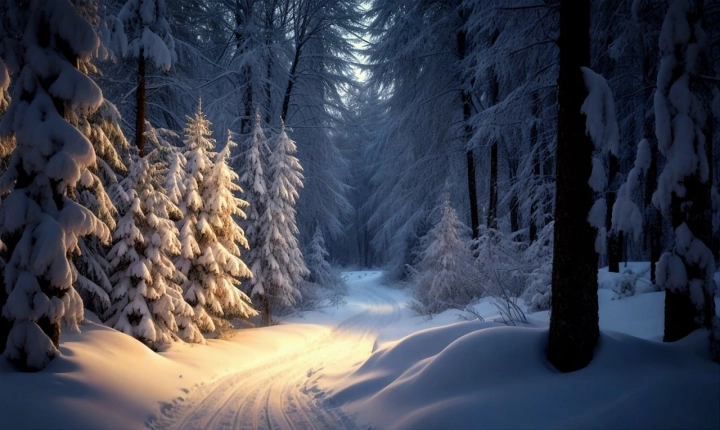DALL·E AI: Revolutionizing Visual Creativity
In recent years, the rapid advances in artificial intelligence (AI) have led to groundbreaking innovations across various domains. One notable development in the field of AI is DALL·E, a neural network model developed by OpenAI that has the capability to generate diverse and realistic images from textual descriptions. This remarkable AI model has the potential to revolutionize visual creativity and unlock new possibilities in artistic expression, design, and visual communication.
DALL·E operates on a novel approach known as “text-to-image synthesis,” which involves interpreting and translating textual prompts into corresponding visual outputs. This means that users can input descriptive phrases or sentences, and DALL·E can generate images that align with the provided descriptions. This process is made possible through the use of a large-scale dataset comprising text-image pairs, allowing the AI model to learn the intricate relationships between words and visual representations.
The underlying technology behind DALL·E leverages a powerful deep learning architecture called the transformer, which has demonstrated exceptional performance in natural language processing tasks. By harnessing the transformer’s capabilities, DALL·E is able to comprehend nuanced textual prompts and generate coherent, high-quality images that adhere to the specified criteria. This adaptive nature enables the AI model to produce a wide range of visuals, spanning from everyday objects and animals to abstract concepts and surreal landscapes.
One of the most compelling aspects of DALL·E is its ability to understand and execute complex visual concepts based on textual input. For instance, users can describe unconventional scenarios or fantastical scenes, and DALL·E can produce visually captivating depictions that align with the provided descriptions. This level of creativity and adaptability sets DALL·E apart as a cutting-edge tool for artists, designers, and creators seeking to explore new frontiers in visual expression.
The implications of DALL·E extend beyond mere image generation, as the AI model has the potential to streamline creative workflows and inspire innovative artistic endeavors. By enabling rapid ideation and visualization of concepts, DALL·E empowers users to iterate and refine their ideas with unparalleled efficiency. Additionally, the AI model can serve as a source of inspiration by offering fresh perspectives and novel visual interpretations based on textual prompts.
Furthermore, DALL·E has the capacity to enhance communication and storytelling through visually engaging narratives. By leveraging its text-to-image synthesis capabilities, individuals can leverage DALL·E to convey complex ideas, narratives, or design concepts in a compelling visual format. This has implications in fields such as advertising, graphic design, and digital media, where the ability to create captivating visuals based on textual descriptions can drive innovation and creativity.
However, it’s important to recognize that DALL·E also raises ethical and societal considerations, particularly in the realm of content generation and intellectual property. As AI models like DALL·E become increasingly proficient at generating lifelike visuals, questions regarding ownership, authenticity, and the potential misuse of generated content come to the forefront. Ensuring responsible usage and ethical guidelines for the application of AI-generated visuals is paramount in mitigating potential risks and promoting ethical practices within the creative community.
In conclusion, DALL·E represents a significant leap forward in the realm of AI-driven visual creativity, offering a glimpse into the possibilities of text-to-image synthesis. Its ability to generate diverse, realistic images based on textual descriptions holds immense promise for transforming artistic expression, design innovation, and visual communication. As the technology continues to evolve, the impact of DALL·E is poised to extend across various industries and creative disciplines, shaping the future of visual storytelling and creative exploration.
